No two lightbulbs are the same. They come in different sizes, colors, and brightness levels, all of which directly affect the look and feel of a room. This is why lighting experts recommend using different kinds of LED bulbs throughout your home to achieve the perfect blend of ambiance and functionality in every room. In this guide, we provide expert tips on how to choose the best LED light bulbs for your home.
Top LED Lighting Tips for Your Home

Among the many benefits of LED lighting two of the biggest advantages for homeowners is how energy efficient they are and how much longer they last compared to traditional incandescent light bulbs. Plus, as of 2025 anyone living in California will only be able to buy and install LED light bulbs. So if you’ve been considering upgrading to LED lighting but haven’t made the switch yet, now’s the perfect time.
To find the best LED light bulbs to use in your house, the first step is to learn your lumens and your Kelvins, or in other words: brightness and color.
Learn LED Lumens and Color Temperatures
In the LED lighting world, Lumens measure the brightness of a light bulb, and Kelvins measure the color temperature.
Lumens (Brightness)
Because LED light bulbs don’t use as much electricity as incandescent light bulbs, watts are an ineffective measurement of their brightness. Instead, lumens represent a much more accurate measurement of LED light bulb brightness.
An LED bulb with 800 lumens is about as bright as a 60-watt incandescent bulb, and 1,600 lumens is around 100 watts of brightness.
Kelvins (Color Temperature)
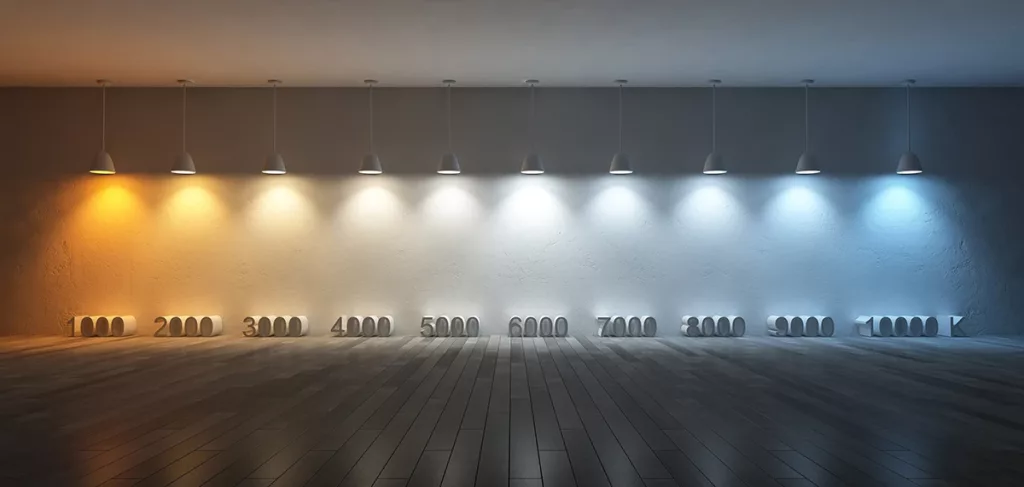
Kelvins (K) refers to the color warmth or coolness of the light emitted by an LED bulb. Lower Kelvin scores produce warm, yellowish light suitable for a cozy atmosphere, while higher Kelvin scores emit cool, bluish light ideal for tasks requiring focus. Cool LED light bulbs will be anything over 5000K, while anything under 4,500K will provide warmer tones.
To get the best use out of your lights, select bulbs that cater to the needs of each specific room. Here are some ideas.
Living Room
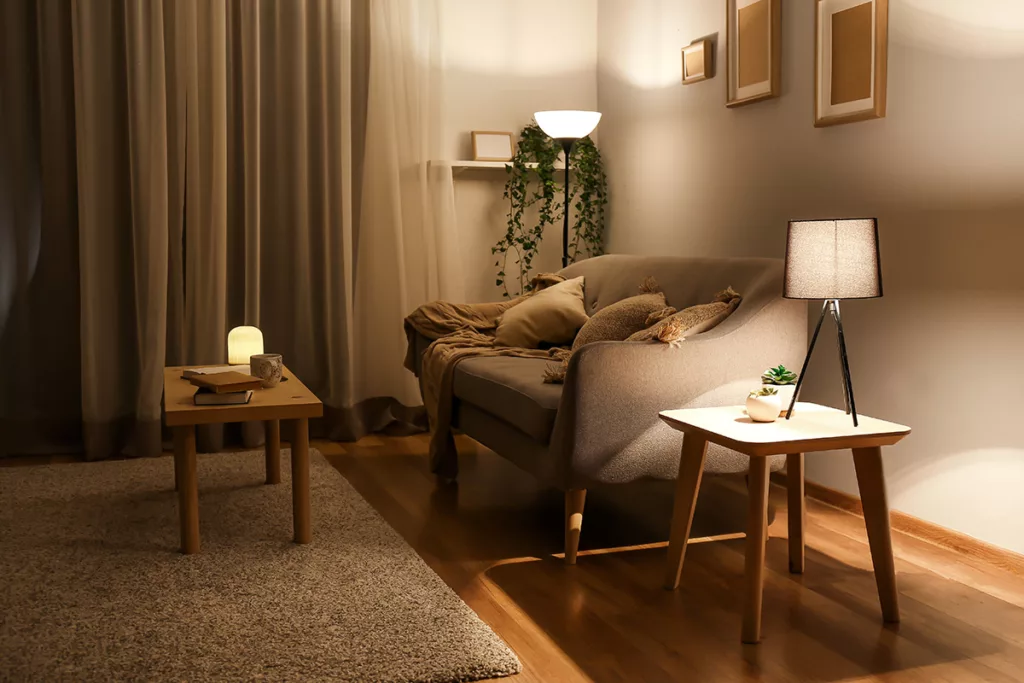
Living rooms are usually all about relaxing, which is why experts recommend using low-level lighting to keep the mood calmer. Warmer-toned light tends to look best in living rooms as well. So LED light bulbs that are between 2,000K to 4,000K and 1,000 to 2,000 lumens usually look best in living rooms.
Kitchens and Dining Rooms
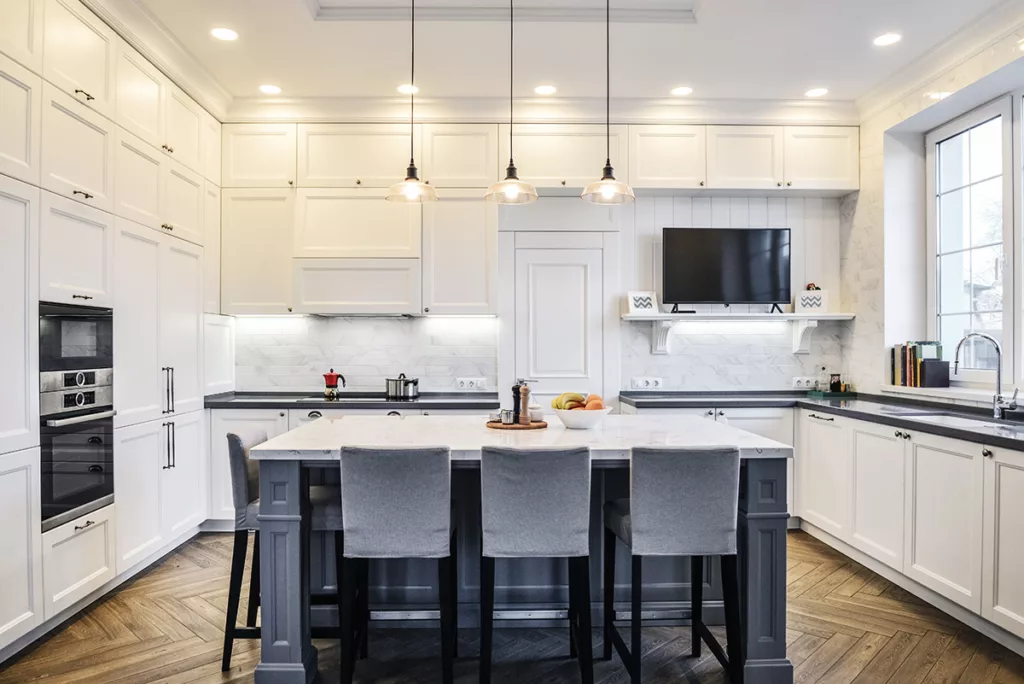
For kitchens, the best LED lightbulbs will be bright enough to provide task light for things like cooking, eating, and cleaning. So brighter lightbulbs between 3,000 to 4,000 lumens will make it easier to prep food and cook meals. Cooler-toned light bulbs between 4,000K-4,500K are great for creating a bright, task-oriented environment that still isn’t too blue for a kitchen.
In the dining area, opting for 2700K to 3000K bulbs with 2,000-4,000 lumens can create a cozy and relaxed dining experience.
Bedroom
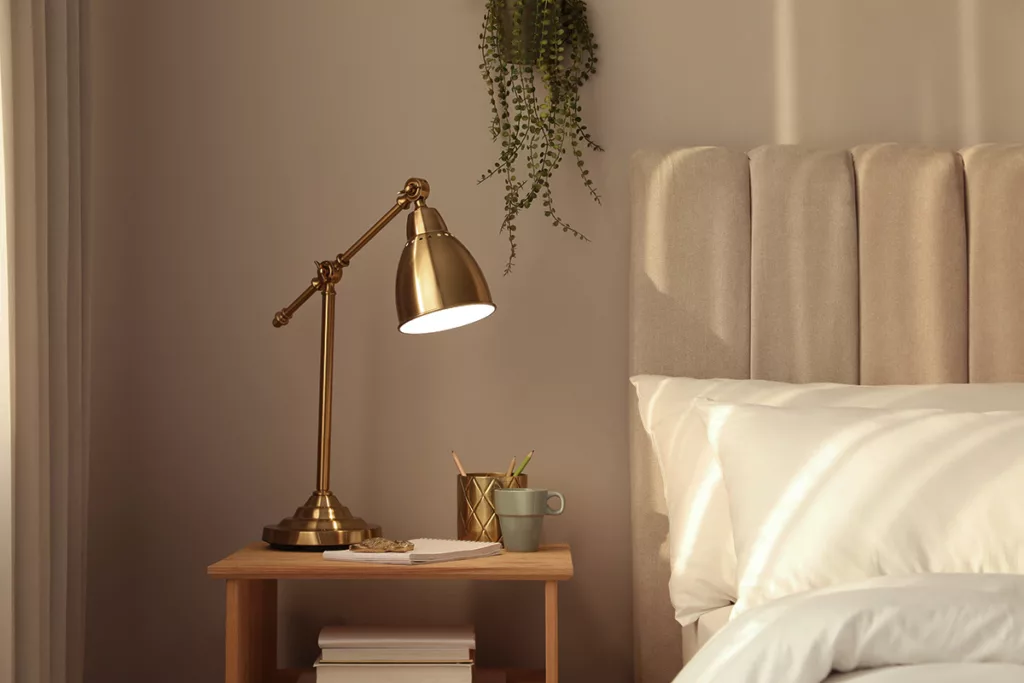
Did you know that light color temperatures can affect sleep? If getting a quality night’s rest is a priority, warmer-toned light bulbs with lower brightness levels are typically best for bedrooms. Installing cool-toned lightbulbs in a bedroom is typically not encouraged because they can negatively impact your sleep cycle.
The blue light emitted by these bulbs is known to suppress the production of melatonin, a hormone responsible for regulating sleep-wake cycles. This suppression can disrupt our natural circadian rhythm, making it harder for us to fall asleep and achieve restful sleep throughout the night.
Warm LED lightbulbs with 2000K-3000K and 1,000-2,000 lumens won’t have the same disturbance effect that blueish lightbulbs do, so these are great for installing in your bedroom.
Bathroom
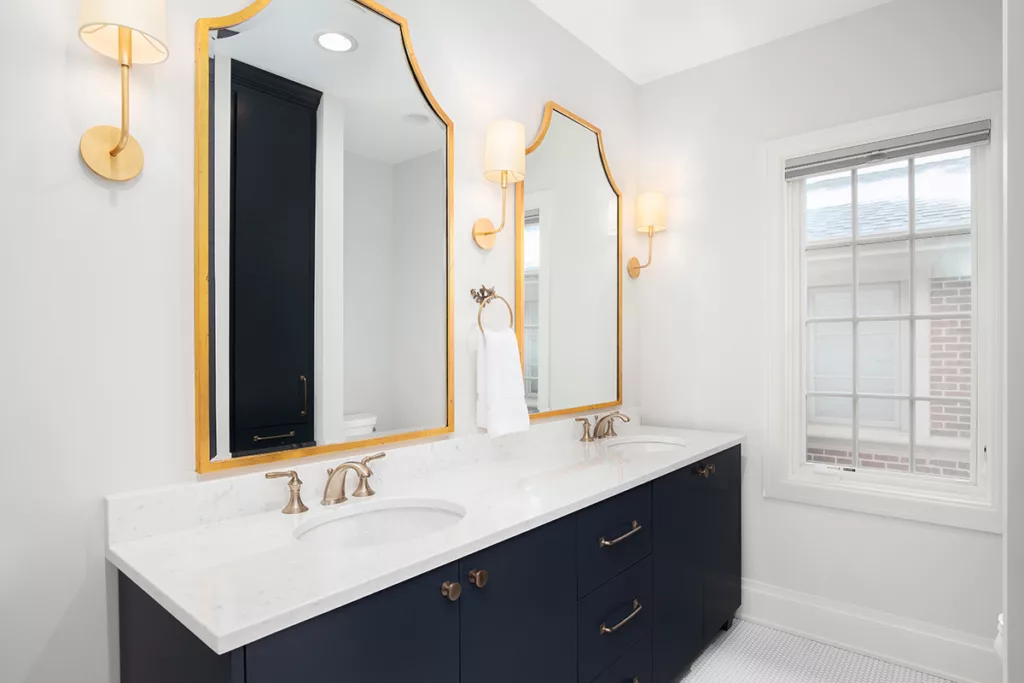
Since bathrooms are task-oriented areas, your lighting choices should reflect that. Moderate to bright light bulbs are typically a good addition to any bathroom so you can properly see what you’re doing. The amount of lumens needed for bathroom lighting will depend on the size of the space.
Around 50-75 lumens per square foot is typically recommended in bathrooms. Color temperatures between 3,000K to 4,000K provide a warm and inviting feel, while still providing optimal visibility.
Home Office
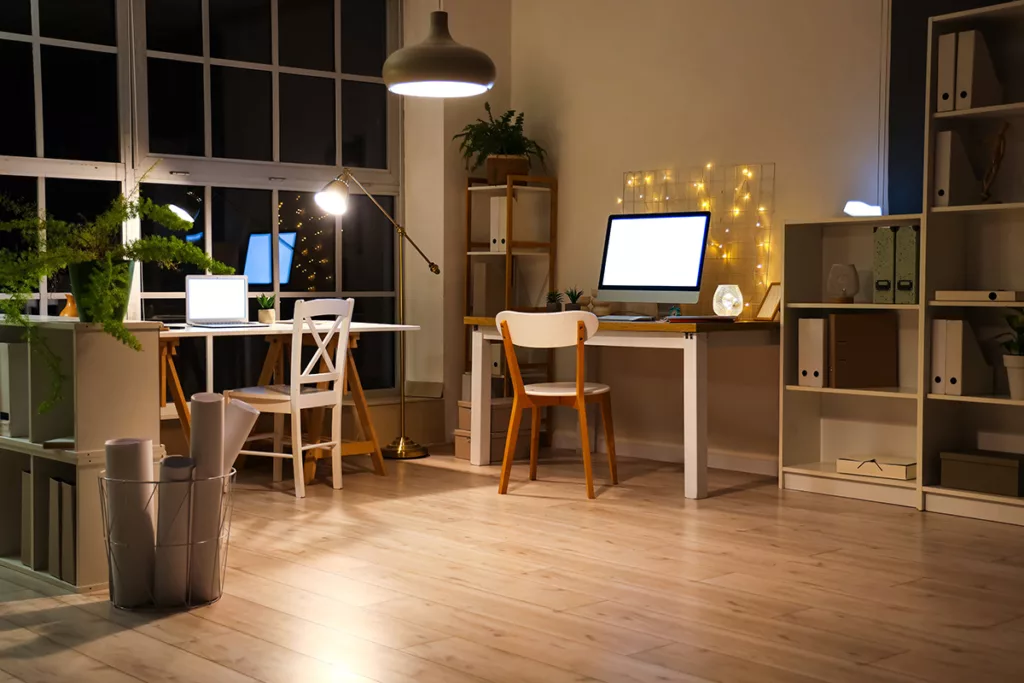
Focus is the priority in any home office, which is why high brightness levels are essential. An office that is 100 square feet or smaller should have 300-500 lumens of light, and anything larger should have 600-700 lumens of light. Additionally, cooler-toned LED lightbulbs between 4500k and 5000k can improve productivity while still not being too blue, so they’re perfect for a primary light fixture in a home office.
Using warm-toned bulbs under 4000k in smaller light fixtures can give you the option to switch up the mood as needed. If you want to create a more relaxed atmosphere in your office, you can achieve this by turning off the primary lights and using a tabletop lamp with a warmer temperature bulb.
Garage
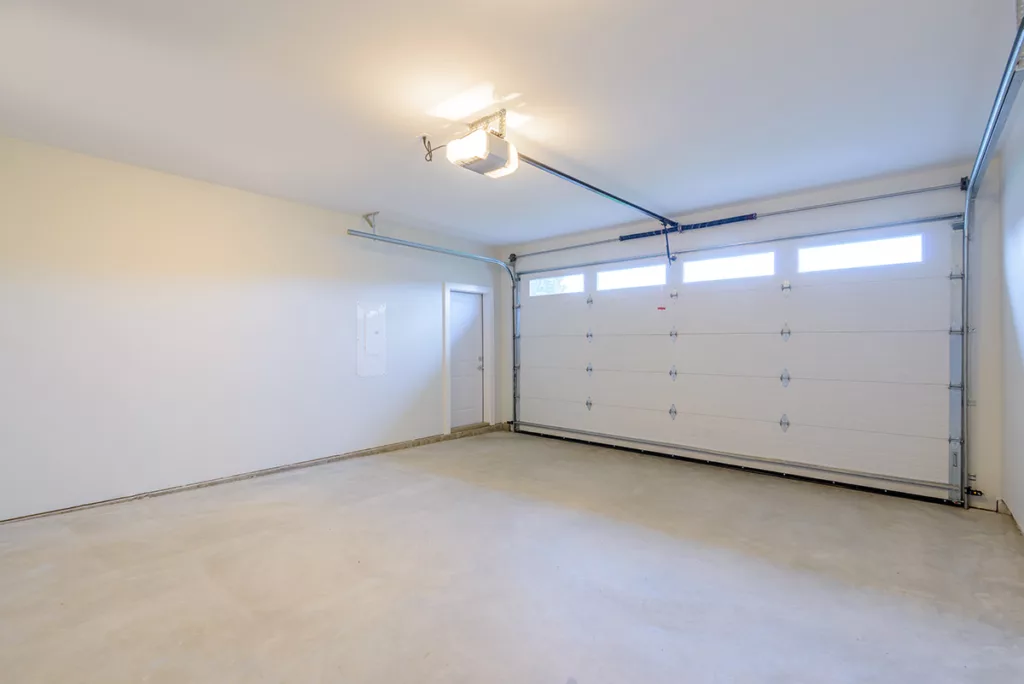
Garages are where you typically park your vehicle overnight, as well as where you might keep tools, work equipment, and other valuable items. For both safety and security, it’s important to have bright lighting in your garage, so as a general guideline, experts recommend a minimum of 20 lumens per square foot.
Security Lights
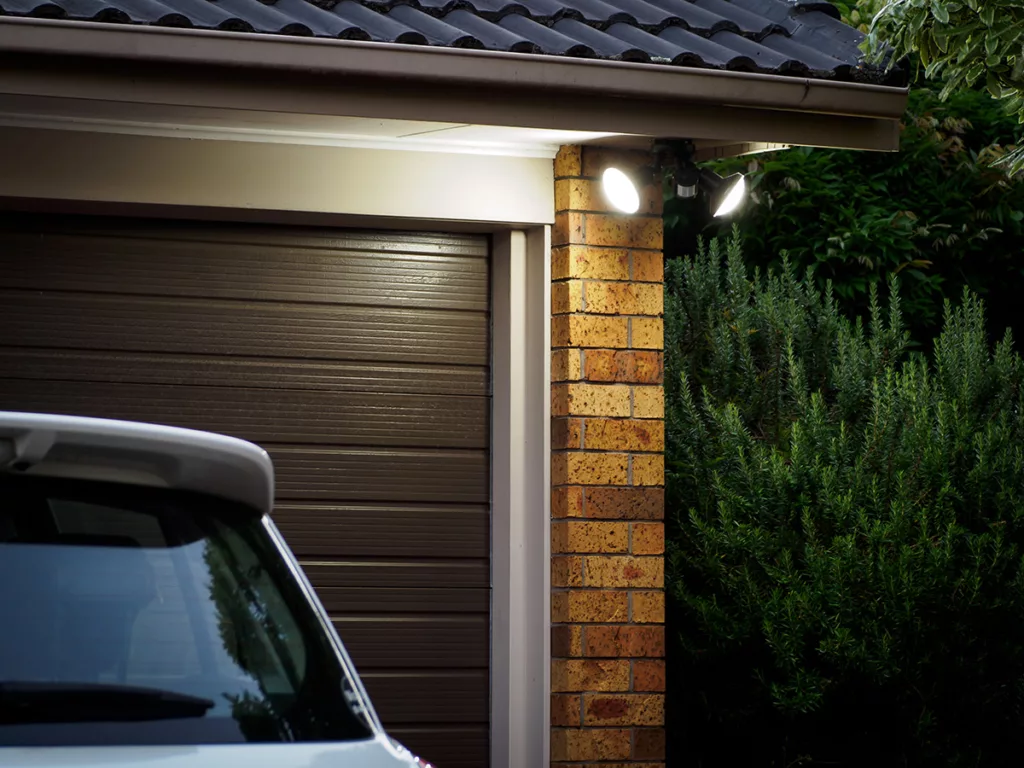
Security lights are essential for safety and security so most homeowners will want them to be as bright as possible. Heavy-duty floodlight bulbs are usually between 2,000-3,000 lumens, so while looking for the best LED light bulbs for security lights, search for bulbs with at least 700 lumens.
Porch Lights
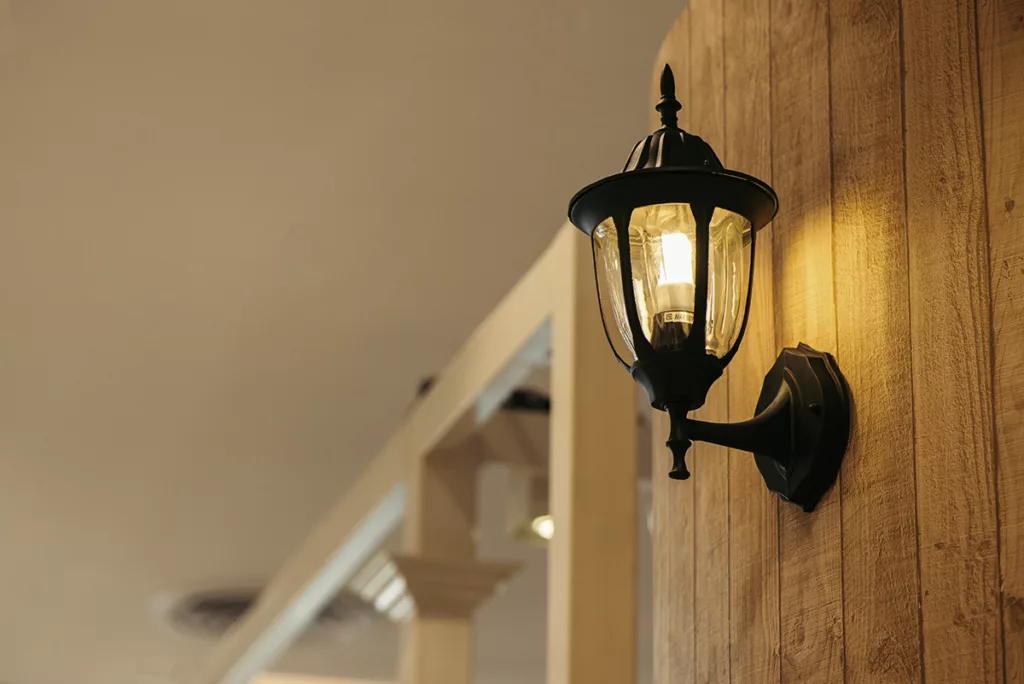
Like security lights, porch lights can help with both safety and security around your home. However, porch lights are typically a lot softer than security lights. Porch lights may require anywhere between 600-1,000 lumens.
Another benefit of installing LED light bulbs around your home is that they don’t attract bugs like traditional iridescent bulbs do, making them great for your front porch or back deck.
Smart LED Light Bulbs
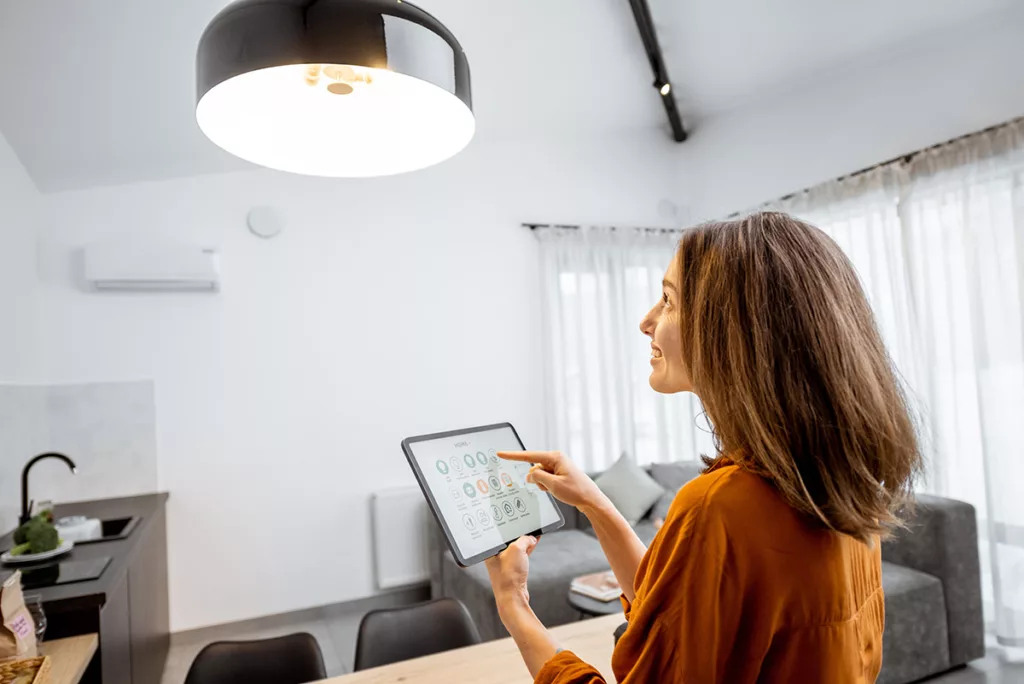
Smart LED bulbs allow you to dim or brighten your lights and even adjust the color temperature typically using an app on your smartphone. Many also allow you to set up lighting schedules for specific light bulbs or a series of bulbs in specific rooms.
For instance, in bedrooms, you can set a gradual dimming routine to signal bedtime, while in the living room you can schedule the lights to turn on when it starts to get dark outside.
Your Trusted Sonoma County Electricians and LED Lighting Experts Are Here to Help
Ready to transform your home lighting with an LED retrofit project? For all your residential or commercial electrical service needs, Schafer Electric has you covered. We have years of experience helping homeowners and businesses across the North Bay with all their electrical needs. Our team of qualified electricians is proud to provide the highest level of customer service and electrical expertise that you deserve.
Contact us today by filling out our online service request form, or give us a call at (707)-545-3300.

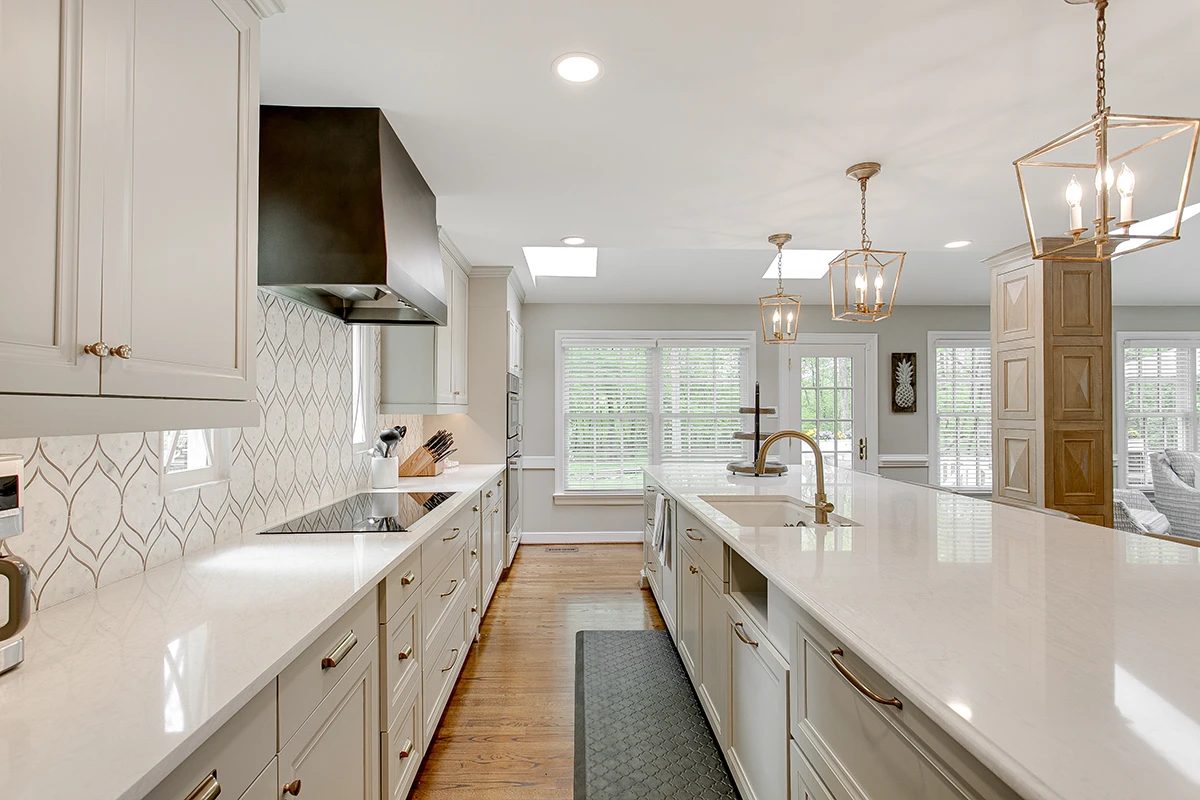

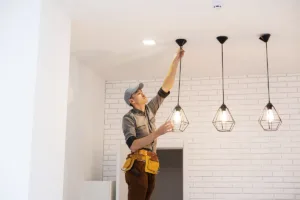

No comments yet. Add the first comment